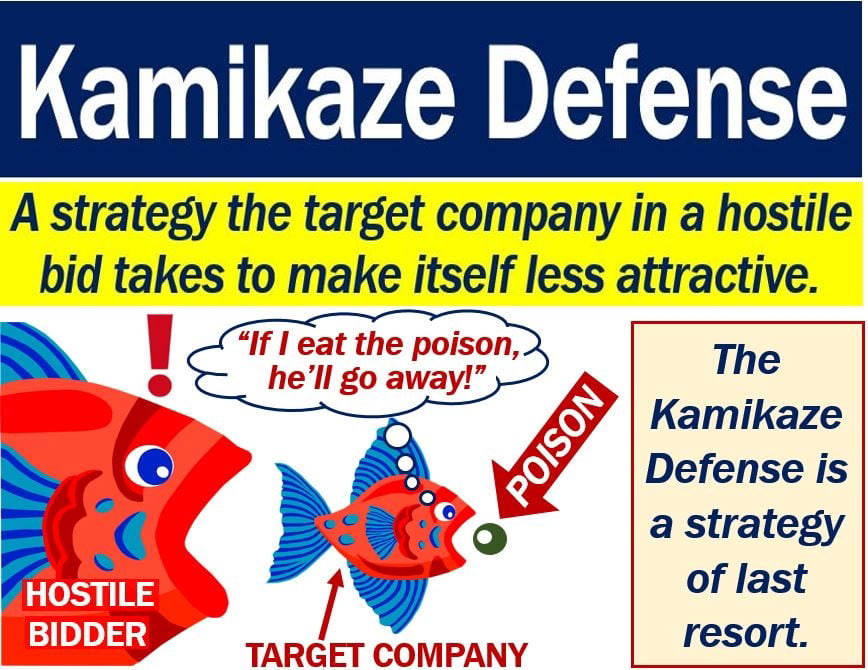Kamikaze Marketing Strategy: Unconventional Tactics for Maximum Impact
Kamikaze Marketing Strategy: Unconventional Tactics for Maximum Impact
In the ever-evolving landscape of marketing, where grabbing consumers' attention is an ongoing challenge, the concept of kamikaze marketing has emerged as a daring and attention-grabbing strategy. Inspired by the audacious and high-risk actions of World War II kamikaze pilots, kamikaze marketing involves bold, unconventional tactics that aim to create a buzz, generate controversy, and ultimately, drive brand visibility and engagement.
Objectives of Kamikaze Marketing:
Kamikaze marketing strategies are designed with several key objectives in mind:
Break Through the Noise: In a world saturated with advertisements and marketing messages, kamikaze marketing aims to break through the noise by using shocking, unconventional, or unexpected tactics.
Generate Attention: By employing provocative, edgy, or controversial content, brands seek to capture consumers' attention and encourage them to engage with the campaign.
Create Buzz and Discussion: Kamikaze marketing campaigns are often designed to spark conversations and discussions, both online and offline, thus generating free publicity.
Build Brand Awareness: These high-impact strategies can lead to increased brand recognition as they stand out from traditional marketing efforts.
Strengthen Emotional Connection: Controversial campaigns can evoke strong emotions, allowing brands to establish a deeper connection with their audience.
Effects and Results of Kamikaze Marketing:
Kamikaze marketing, when executed effectively, can yield several outcomes:
Increased Visibility: Bold and unconventional tactics lead to increased media coverage, social media mentions, and online discussions.
Boosted Engagement: Provocative content encourages audience engagement, leading to higher interaction rates on social media platforms.
Brand Differentiation: Companies that successfully employ kamikaze marketing can set themselves apart from competitors by embracing risk-taking and innovation.
Amplified Brand Message: Controversial campaigns tend to be memorable, allowing brands to convey their core message more effectively.
Risks and Controversies: While the potential rewards are substantial, kamikaze marketing comes with risks of backlash, alienating certain segments of the audience, and harming the brand's reputation.
Examples of Kamikaze Marketing Strategies:
Diesel's "Be Stupid" Campaign: In 2007, Diesel launched an attention-grabbing campaign promoting risk-taking and embracing impulsivity. The campaign, although controversial, generated substantial media coverage and increased brand recognition.
Burger King's "Whopper Sacrifice": Burger King's campaign in 2009 encouraged Facebook users to delete ten friends in exchange for a free Whopper. This playful campaign received both praise and criticism, but it garnered significant attention.
PETA's Shocking Campaigns: The animal rights organization PETA is known for its provocative campaigns. Their "I'd Rather Go Naked Than Wear Fur" campaign featuring celebrities generated global discussions on animal cruelty.
Dove's "Real Beauty" Campaign: Dove's campaign challenged conventional beauty standards by featuring diverse body types in its ads. The campaign's unconventional approach resonated with many and helped redefine beauty ideals.
Old Spice's Viral Videos: Old Spice's "The Man Your Man Could Smell Like" campaign featured humorous and quirky videos. The viral success of these videos repositioned Old Spice as a modern, youthful brand.
In conclusion, kamikaze marketing is a bold and high-risk strategy that aims to create a lasting impact on consumers' minds. While the potential for rewards is substantial, careful planning and consideration of potential consequences are crucial. By breaking conventions, generating buzz, and fostering meaningful conversations, brands can use kamikaze marketing to carve a unique space in the competitive world of marketing.




Comments
Post a Comment